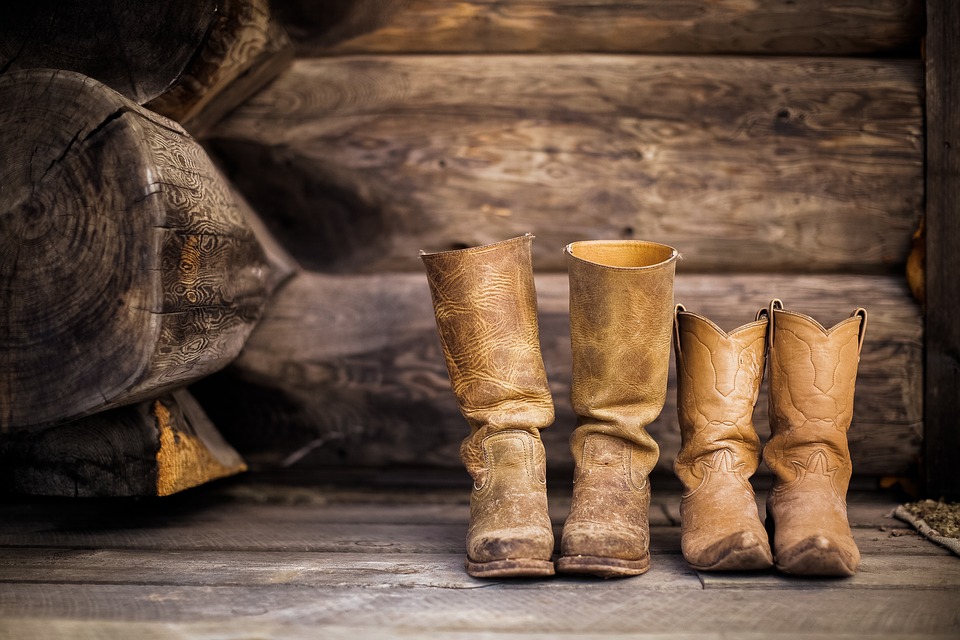Shoes protect our feet against cold and wet, dirt and cuts and bruises. But the appearance of shoes seems to matter almost as much as the protection they offer. Shoe styles change from year to year and from season to season. There are shoes for everyday, shoes for the evening and shoes for sports. Shoes come in every color and many materials.
The first shoes were probably pieces of animal hide that cavemen wrapped around their feet to keep them from being frozen or bruised. As time went on, shoes of many kinds were made. Men began to wear a certain style of shoe to show what kind of work they did or what their rank was. Some shoe styles became so fanciful that the wearer had difficulty walking. During the Middle Ages, the pointed toes of shoes were sometimes so long they had to be held off the ground by fine chains or ribbons tied around the knew. Otherwise, the wearer would trip over his own shoe toes. Not all shoe styles were impractical, however. Men and women who worked in the fields or at a trade fastened stout pieces of leather or wood to their feet. These clumsy shoes were not beautiful to look at, but they kept out the cold and wet.
The French Revolution brought an end to the sharp distinction between the dress of a rich man and that of a poor man. The shoes of the wealthy became less bizarre and were designed with sturdy soles and heels. The shoes of the poor became better constructed and were no longer pieces of leather or wood cut into rough foot shapes. But shoes as we know them today did not appear until the invention of machines for the mass production of shoes.
How Shoes Were Made?
The tools of the shoemaker did not really change between the days of the ancient Egyptians and the Industrial Revolution. The early shoemaker used a crescent-shaped knife to cut out the leather parts of shoes. To make sure the leather was soft enough, the shoemaker beat it on a stone. Since the shoemaker usually held the stone on his lap, it was known as a lapstone. After the leather was thoroughly pounded and scraped, it was ready for sewing. To make the sewing easier, holes were punched in the leather with a pointed instrument called an awl. The shoe was then stretched and shaped on a wooden copy of a foot, called a last. In the early days, one last was used for both feet.
With the invention of the sewing machine by Elias Howe, shoe manufacturing began to be mechanized. But Howe’s machine could sew only the upper parts together. In the 1850’s an American show manufacturer named Lyman Reed Blake designed a machine that could stitch together the soles and upper parts of a shoe. Blake’s patent was bought by Gordon chine in his factory. This was the beginning of the mass production of shoes.
The chief difference among shoemaking methods is the way in which the sole is attached to the upper. Shoes may be sewn, nailed or cemented together. As shoemaking machines improved, each of these methods was made more efficient. The machine that stitches the sole onto the welt has progressed from 180 to 1, 000 strokes per minute. At some stages, the thread passes through the sole at the speed of a car traveling on an expressway.
Formerly, as many as 76 operations might be needed to produce a sole and heel and attach them to a shoe upper. A process called injection molding can now do this in one operation, using a tough, durable plastic. Automation is also being applied to the production of shoes, making it possible to manufacture them faster and at a lower cost.





